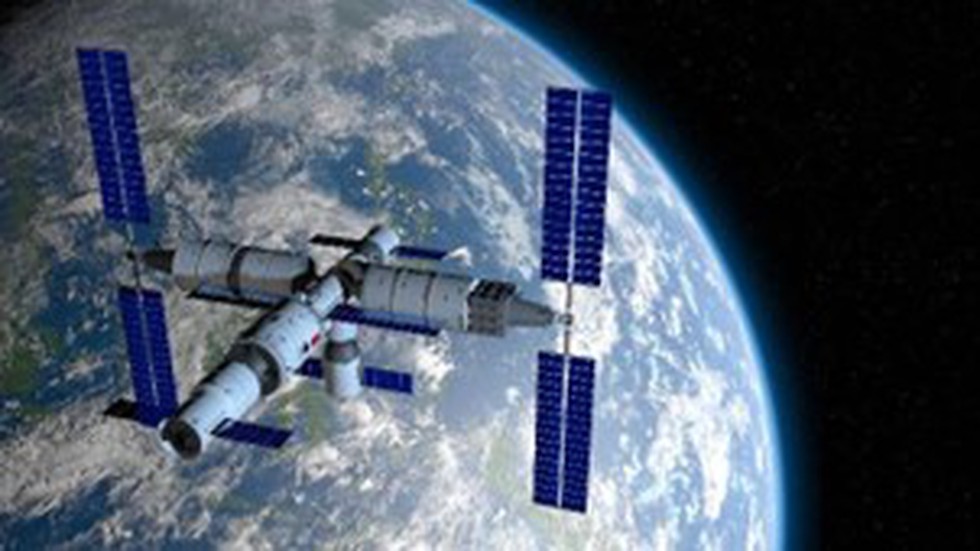About the Tiangong Space Station:
- Tiangong (Chinese for "Heavenly Palace") is a modular space station being constructed by the China National Space Administration (CNSA).
- It is the first space station built by China.
- Tiangong is currently in low Earth orbit (LEO), and it is expected to be operational until 2028.
- It is a three-module space station. The core module, Tianhe, launched in April 2021, followed by the Wentian and Mengtian experiment modules in 2022.
- Tiangong is significantly smaller and lighter than the International Space Station (ISS), with only three modules compared to the ISS's 16 modules.
- It can accommodate up to three astronautsat a time for six-month stays. It can also support six astronauts at a time during crew handovers.
- The station will have its own power, propulsion, life support systems, and living quarters.
- The new space station is planned to share its orbit with the Xuntian space telescope to allow astronauts to easily repair and upgrade the telescope.
- China is only the third country to have put both astronauts into space and build a space station, after the Soviet Union (now Russia) and the US.
Why does China have its own space station?
- China is excluded from the ISS programme, largely due to U.S. concerns over the Chinese space programs' links with the People's Liberation Army.
- In 2011, the US Congress prohibited NASA from cooperating substantially with its Chinese counterpart without express prior authorization.
- This law, known as the Wolf Amendment, makes it very difficult for China to participate in the ISS programme, if the nation even wishes to do so.
